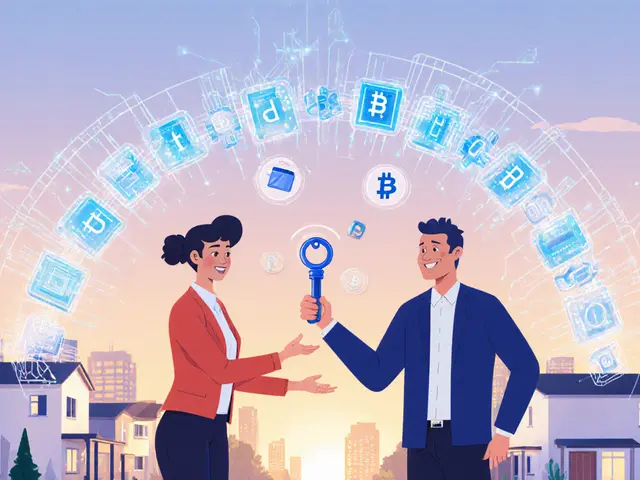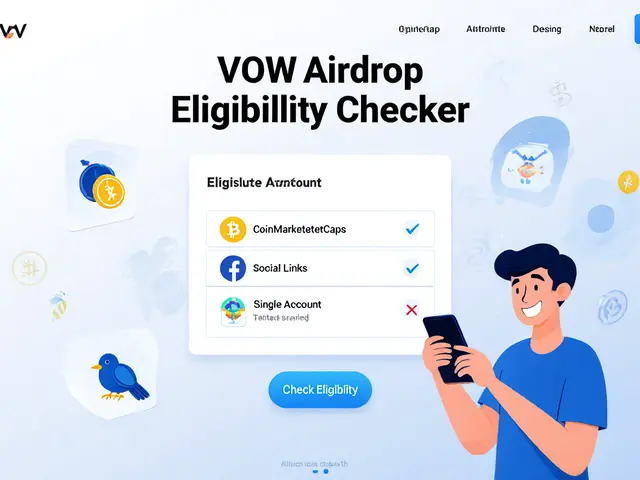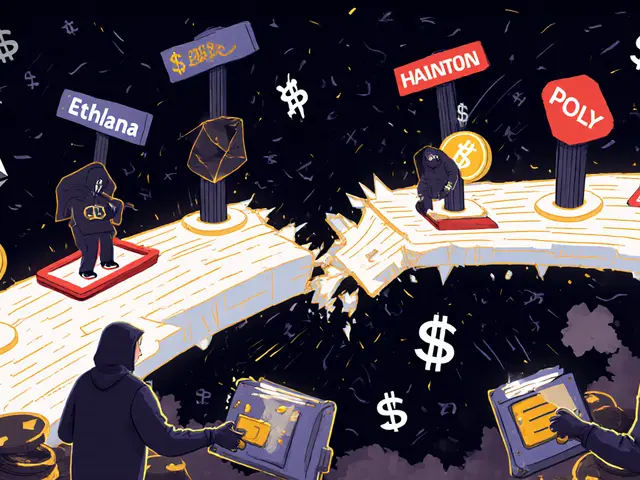Semantic Interoperability: How Blockchains Talk to Each Other
When we talk about semantic interoperability, the ability of different blockchain systems to not only transfer assets but also understand and use each other’s data meaningfully. It's not just about sending ETH from Ethereum to Solana—it’s about letting a gaming NFT from one chain know it’s still the same item on another, or letting a DeFi protocol read your identity from a wallet built on a totally different network. Without it, every blockchain is a separate island with its own language, rules, and customs. You can ship goods between them, but you can’t have a real conversation.
Cross-chain technology, the infrastructure that moves tokens and data between blockchains is the foundation, but it’s only half the story. Most bridges today just move coins—they don’t interpret them. That’s why you can send your NFT from Polygon to Arbitrum, but the game on Arbitrum still treats it as a blank asset. DeFi interoperability, the deeper layer where protocols share logic, not just value is what’s missing. Imagine a lending app on Ethereum that checks your credit score from a soulbound token on Polygon—that’s semantic interoperability. It’s why projects like Secret NFTs and interoperable gaming NFTs are pushing boundaries: they’re not just moving assets, they’re preserving meaning.
And it’s not just about tech. Blockchain identity, the way users prove who they are across systems without revealing private data is tangled up in this. If your digital ID lives on one chain but you want to borrow on another, can the second chain trust it? Can it tell if that ID is real, or just a copy? That’s the core problem. Right now, most systems ignore it. They assume if the token moved, the identity moved too. But identity isn’t a coin—it’s context. And context gets lost in translation.
What you’ll find below are real examples of where this works, where it fails, and who’s paying the price when it breaks. From $21.8 billion in illicit funds moving through insecure bridges to NFTs that can’t be used across games, the gaps are wide. But so are the solutions. You’ll see how OmniCat tries—and fails—to claim omnichain status, how Indonesia and Vietnam’s rules force chains to adapt, and why a gold-backed stablecoin like VNX Euro doesn’t need to talk to other chains to still be useful. This isn’t theory. It’s happening now, and it’s affecting your wallet.






